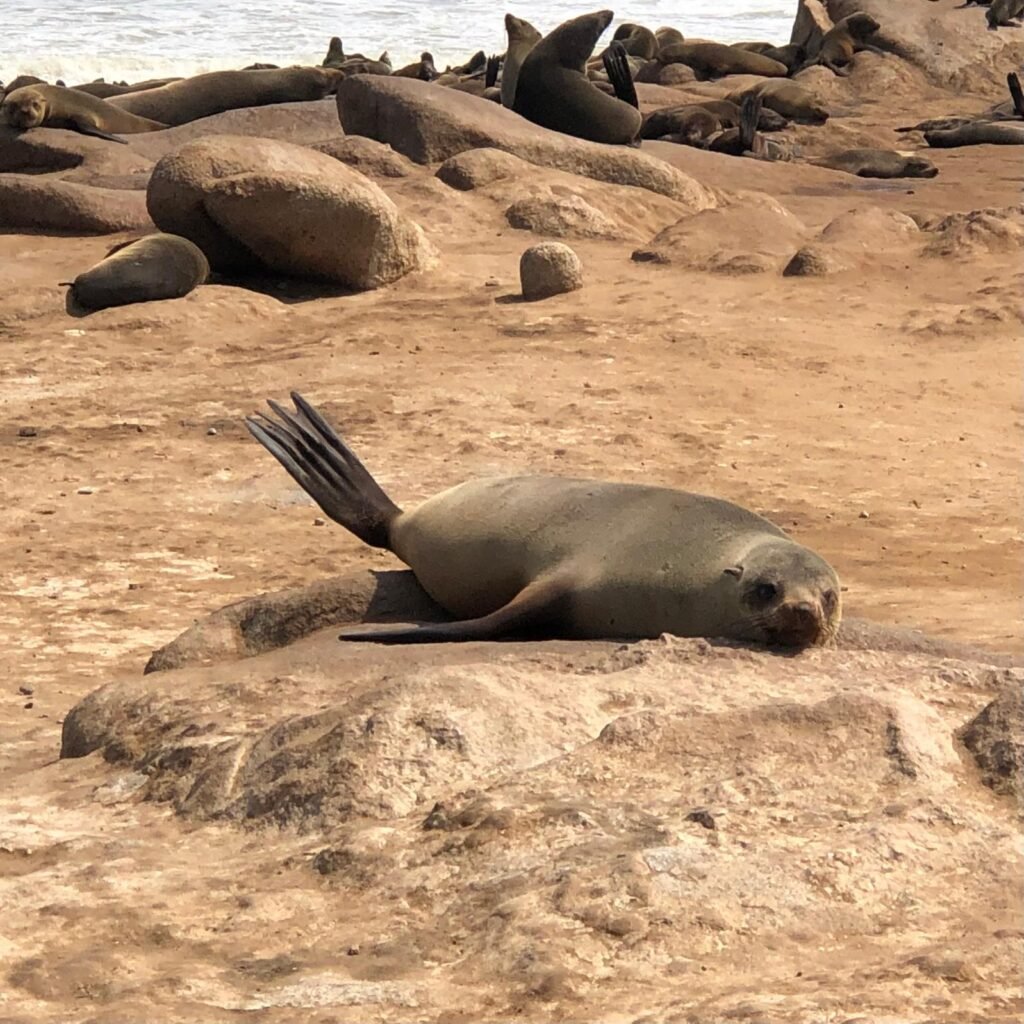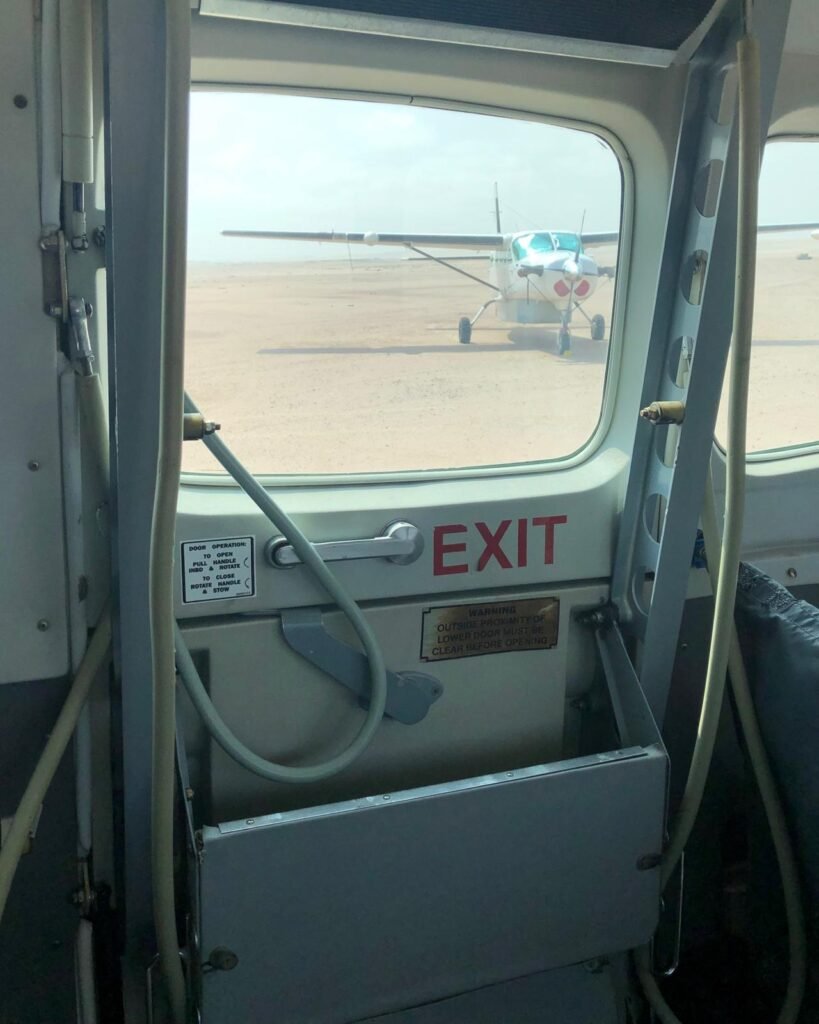Once a flight attendant, always a flight attendant
Skeleton Coast, Namibia.
I AM DRIVING to the Cape Cross seal colony on the Skeleton Coast in Namibia. This desolate, windswept stretch of sand and driftwood is aptly named. Remains of shipwrecks litter the beach, or sway in the rough surf, too treacherous for a salvage operation, left to slowly rust and rot, waiting to be claimed by the pounding waves.
On the beach are thousands of seals, barking and grunting, squabbling with each other, sunning themselves in the morning rays. A black-backed jackal, affectionately called a BBJ by the locals, wanders through the colony, looking for the young, the weak, the vulnerable. The seals ignore this predator.
The fresh briny scent of the ocean is tainted by the stench of the seals, but it doesn’t bother me. I could spend hours here, watching these amusing, highly social animals interact with each other.
I am with a group of 10 tourists. They are all older than me. Namibia is an expensive place to visit, flying over 15 hours to Johannesburg, South Africa, the bottom of the continent of Africa, then connecting to Windhoek, Namibia. In country, most transportation is by small bush planes as driving takes days, the country vast and the territory largely uninhabited.


Yes, I’ve been flying around a Third World country on tiny, single engine, one pilot prop planes. The Cessna Centurion is the smallest, seating only 4 passengers. One day we couldn’t land, had to go around because there was an impala on the runway. Another flight made an unscheduled stop, landing on a red dirt runway, so we could pick up a researcher needing a lift.
I introduce myself to the pilots on each flight. They are all skilled, focused, working well as a team if occasionally there is more than one. They’re just trying to get their hours in so they can transition to a major airline. I tell them I’m with Delta, and to a man, they ask me, “How can I get on with Delta??” I laugh, tell them sorry, I have no pull. One pilot has 350 hours, another 3000! I’ve gotten to know all the pilots by name as there are only a handful who fly for Wilderness Air.


Today’s adventure to the seal colony is a 4-hour drive out to the beach, a picnic lunch, then fly back in a 10-seater Cessna Caravan. Ready to return, our group heads back to the Cessna and files up the little aircraft stairs into the cabin. “Ann,” says Willem, the pilot. “Can you board last?” Puzzled, I comply.
He asks me if I will close the door from the inside once everyone is on board. “You’re the most experienced person here with airplane doors,” he explains. He briefs me on the operation of the door, then asks me to give a thumbs up through the window in the door to let him know “cabin is ready for takeoff.”
I’ve been doing this my entire adult life, but never on an airplane like this. It’s a bit different than an Airbus 321 or a Boeing 767! I use my Delta training to “stop, think and locate” before I rotate the handle of the door aft and downward to close it. I visually verify all the door checks, then, satisfied the door is properly closed, I give Willem a thumbs up through the window. He walks around to the cockpit. We take off and fly back to our luxurious safari camp.
Over dinner in the lodge later, at the next table I hear Willem approvingly tell another pilot that he saw me carefully look over the door and handle before I shut it, then again carefully look over the door once it was closed to make sure all was in place before giving him the thumbs up.
I also did a predeparture beverage service, offering everyone a bottle of water from a cardboard box on board.


